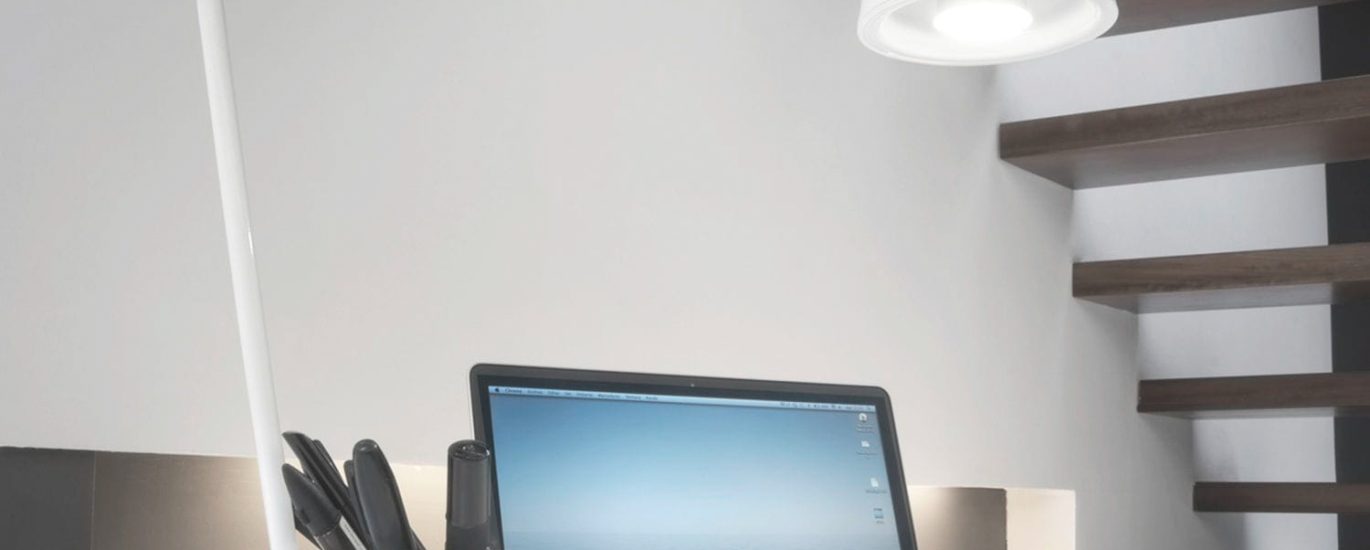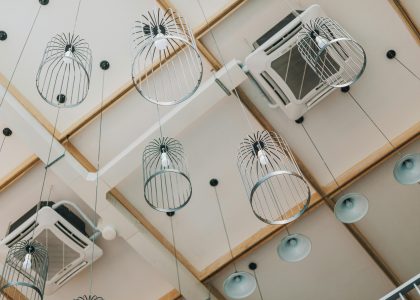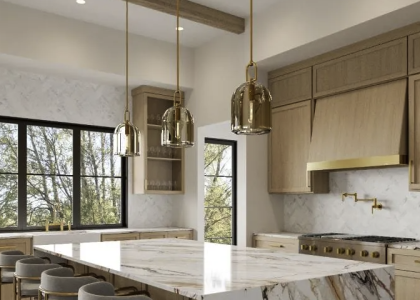Introduction
False ceilings, also known as drop ceilings or suspended ceilings, are a popular architectural feature in modern buildings. These are essentially secondary ceilings that are suspended below the actual ceiling, creating a gap between the two. The space between the two ceilings is usually used to house mechanical and electrical equipment, plumbing, and other utilities. False ceilings serve a variety of purposes, from soundproofing a room to enhancing aesthetics or improving energy efficiency.
Advantages of False Ceilings
There are several benefits to using false ceilings, which include:
Soundproofing
False ceilings are highly effective at reducing noise levels. This is because the gap between the two ceilings acts as an acoustic buffer zone, absorbing the sound waves that pass through it. This is especially useful in buildings with high ceilings or large open spaces.
Concealing Electrical and Mechanical Equipment
The space between the two ceilings can be used to house electrical and mechanical equipment, plumbing, and other utilities, keeping them out of sight and reducing clutter in the room. This also makes it easier to maintain and repair equipment without disturbing the occupants.
Energy Efficiency
False ceilings can improve energy efficiency by reducing the amount of space that needs to be heated or cooled. By creating a smaller volume of air to maintain, the HVAC system can work more efficiently, reducing energy consumption and costs.
Aesthetics
False ceilings can be used to create a variety of visual effects, from adding texture and depth to a room to enhancing the overall design aesthetic. They can be made in a variety of materials, from wood to metal, and can be painted or decorated to match the decor of the room.
Types of False Ceilings
False ceilings come in several types, each with its own advantages and disadvantages. Some of the most common types are:
Gypsum Board False Ceilings
Gypsum board false ceilings are made from a lightweight material that is easy to install and cost-effective. They are highly versatile and can be used in a variety of applications, from residential to commercial buildings.
Metal False Ceilings
Metal false ceilings are made from aluminum or steel and are highly durable and resistant to impact and fire. They are often used in commercial buildings and industrial settings.
Wood False Ceilings
Wood false ceilings are made from natural wood and are often used in residential settings. They are highly decorative and can add warmth and texture to a room.
Installation of False Ceilings
False ceilings can be installed in various ways, depending on the type of ceiling and the desired effect. The most common methods of installation are:
Suspended Grid System
The suspended grid system involves suspending the false ceiling from a metal frame that is attached to the actual ceiling. The grid is then filled with the false ceiling material, such as gypsum board or metal tiles.
Direct Fixing
Direct fixing involves attaching the false ceiling material directly to the actual ceiling using adhesive, screws, or other fasteners. This method is often used for lightweight materials, such as gypsum board or wood.




